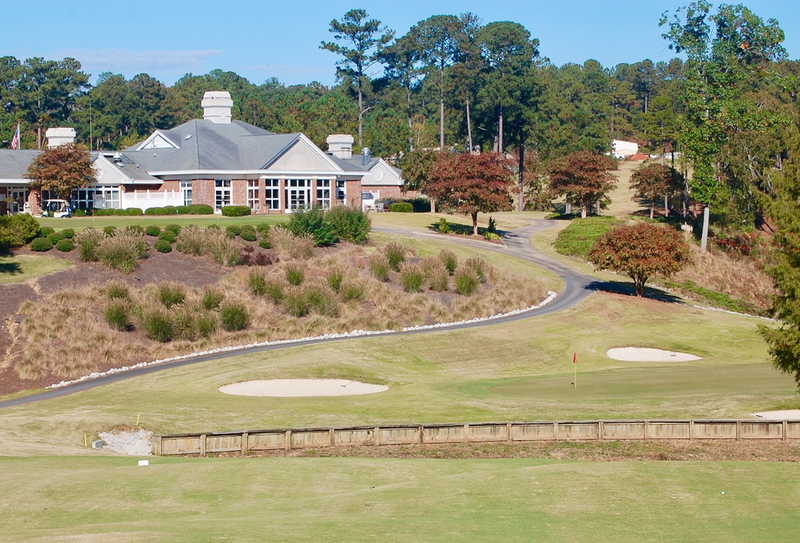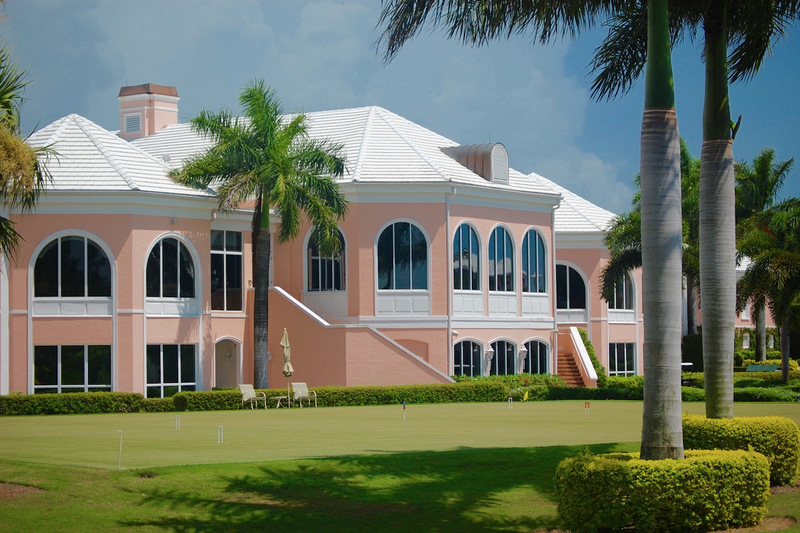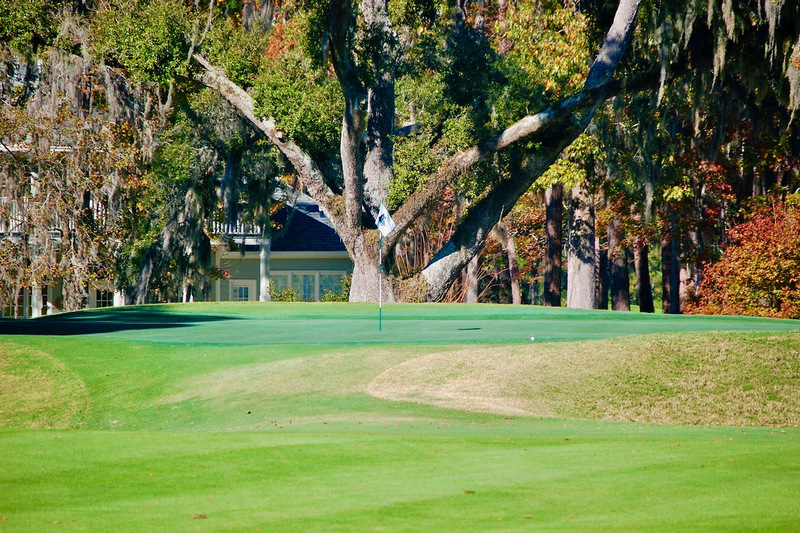Spring training games begin in earnest this weekend and millions of fan-atics, like yours truly, have begun their deep dives into baseball statistics in the hopes they will defeat a group of friends – and, often, a few strangers – in their fantasy baseball leagues. Before I started playing fantasy baseball 15 years ago, I knew a lot more about golf communities. And when I wrote my book, Glorious Back Nine: How to Find Your Dream Golf Home, I borrowed some of the elements of building a fantasy baseball team.
Over 15 years, it has become clear to me that those team managers who do the best job of weighing and balancing the 10 categories we measure in our fantasy baseball league are the ones who win year in and year out. Yes, there is luck involved, as an early injury to a star player can ruin a team’s season; conversely, an unheralded player might have a miraculous year that no one, except perhaps the team owner who drafted him, saw coming. But for the most part, slow and steady wins the race – and the prize money. And that is how it is with the search for a golf home.
Your search criteria, not unlike the categories in fantasy baseball, must be weighted in accordance with your (and your mate’s) lifestyle and balanced against each other’s preferences to create the kind of harmonious mix that will guarantee a happy life in your new home. In fantasy baseball, generally, a total of 10 categories form the basis of the competition – five for batters and five for pitchers. For the search for a golf community home, there are 10 criteria that will determine a successful search -- location, climate, size of community, composition of community (age-restricted or open), the local golf scene, proximity to important services, real estate options, costs, amenities and the buyers’ intuition. The extent to which you weigh them against your preferences will determine if you have a winning search.
 Savannah Lakes Village in McCormick, SC, sits beside Lake Thurmond, features two fine golf courses, and has some of the lowest amenity fees of any golf community. But it is eight miles from a supermarket and more than an hour from a city with a decent airport. Those who crave quiet and no traffic or noise pollution will love it. Those with an active, entertainment oriented lifestyle? Maybe not.
Savannah Lakes Village in McCormick, SC, sits beside Lake Thurmond, features two fine golf courses, and has some of the lowest amenity fees of any golf community. But it is eight miles from a supermarket and more than an hour from a city with a decent airport. Those who crave quiet and no traffic or noise pollution will love it. Those with an active, entertainment oriented lifestyle? Maybe not.Location This criterion is essentially about topography and population density. Do you want to live at a distance from traffic problems and air and noise pollution, or would you prefer a suburban or urban area with all the culture and entertainment options associated with a nearby city? And do you prefer a mountain setting, a lake setting or a home on or near the ocean? (Side note: If you and your significant other cannot agree on topography, let the person who doesn’t play golf, or who is less serious about it, make the decision on topography. There are wonderful golf courses – and homes -- virtually everywhere.)
Climate Over the last 70 years, the population of the Sunbelt has exploded, driven mostly by the millions of retirees and others seeking warmer and less expensive places to live. There are few perfect or near-perfect climates in the U.S. – San Diego comes close – and those seeking warmer winters will have to endure some beastly hot summer days in Florida, Georgia and much of the Carolinas. Mountain golf communities such as those in the areas near Asheville, NC, will provide temperate summers but at the cost of not playing golf over the coldest months of winter. For serious golfers, the choice comes down to whether you give up golf for some of the winter or you resign yourself to playing golf at 8 a.m. during Florida summers, before the stifling heat moves in.
 If you can afford to live and play in Naples, FL, half the year -- the winter half -- then you are golden. But summers are stifling hot and those with resources find cool comfort farther north.
If you can afford to live and play in Naples, FL, half the year -- the winter half -- then you are golden. But summers are stifling hot and those with resources find cool comfort farther north.Size of Community Communities with a golf course (or two) inside the gates are, by definition, large. The nearly 5,000-acre community known as The Landings just outside Savannah, GA, is home to 8,000 residents, although not all of them live there year-round. I will never forget heading for one of The Landings six golf courses early on a Sunday morning years ago and, in my car’s rear view mirror, were a dozen or so golf carts coming over a rise in the road, following me to the golf course for a shotgun start. It reminded me of the famous helicopter scene in the movie Apocalypse Now. Some large communities, like The Landings, have successfully masked their sizes and populations by developing discrete neighborhoods. Don’t automatically dismiss a community because you think it is too big. If it seems to match all other criteria, visit and decide for yourself.
Composition of Community This is an easy one to decide before you start your physical search for a golf community. Do you want to live with people roughly your own age in a community where children and young adults can make only short-term visits; or do you enjoy living among families and the squeals of happy children at the community pool? That is something you can and should decide before you make on-site visitations.
 The Landings near Savannah checks many desirable boxes for retired golfers. It features six golf courses and is only 20 minutes from downtown Savannah. The community is large -- 4,800 acres and 8,000 residents -- but it is organized into discrete neighborhoods that give The Landings a more intimate feel than its size implies.
The Landings near Savannah checks many desirable boxes for retired golfers. It features six golf courses and is only 20 minutes from downtown Savannah. The community is large -- 4,800 acres and 8,000 residents -- but it is organized into discrete neighborhoods that give The Landings a more intimate feel than its size implies.The Local Golf Scene Golf Many communities provide a full range of golf experiences. Private clubs treat their members special, bending over backwards to justify the initiation fees and monthly dues that are their lifeblood. Private courses tend to be in better shape and, often, more challenging than less expensive semi-private clubs. The semi-private clubs accept outside play and charge green fees, thereby supplementing the total of member dues. Many semi-privates do not charge an initiation fee and, therefore, can be a great choice for couples who do not plan to live and play year-round in the community. Many semi-private clubs, as well as purely public and municipal courses, are located outside the confines of golf communities but nearby; they are great options for those who only plan to play occasionally. Many golf communities offer a social membership that provides access to amenities, including the clubhouse, other than golf. Combining that lower priced membership with occasional play on accessible courses outside the gates can widen a couple’s social connections – and save money. (Note: Many golf rich areas offer reasonably priced memberships that include play at dozens of courses. In Myrtle Beach, for example, Founders Club International charges a modest annual fee that provides access to its fine roster of 23 golf courses at deeply discounted rates, as low as $30 a round.)
Coming Next: The roles that Proximity, Real Estate Options, Costs, Amenities and Buyers’ Intuition play in your search for a golf home.



